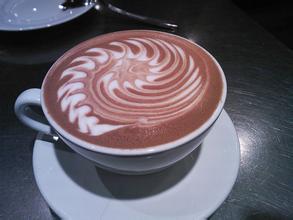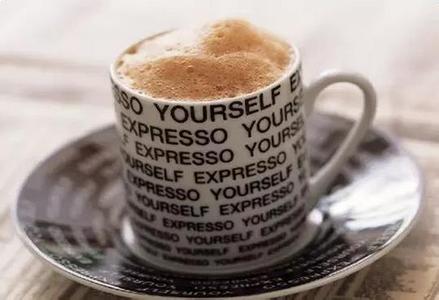Slightly bitter Cuban Crystal Mountain Coffee Flavor description Baking degree introduction of varieties Grinding degree
In the early 20th century, the number of coffee shops in Havana once exceeded 150, but that number has declined year by year since then, due to a decline in Cuban coffee production and an increase in the proportion of rum and sugar exports. Former Cuban President Fidel Castro unified the coffee industry into state ownership during the 1959 Cuban Revolution and asked the country to increase the cultivation of edible crops. "although coffee production has decreased, consumer demand is on the rise." Fifty years ago, Cuba produced 60, 000 tons of coffee a year, but now that figure has plummeted to 6000 tons. "
Due to declining production, the Cuban government in 1962 rationed 4 ounces of coffee per person per month, resulting in the emergence of alternatives to coffee, such as chickpea coffee. "this is a coffee substitute with a mixture of coffee and roasted chickpea powder so that more people can drink more coffee." Goldenberg said. At the local caf é con ch í charo, the barista made him a cup of hummus coffee with a strong, rough and slightly bitter taste. Because the taste is too bad, the local people are used to adding a lot of sugar to the coffee. Chickpea coffee is very common in local rationing stores. Of course, you can also go to a normal store to buy normal coffee, but given the local people's income of $20 a month, coffee is definitely a luxury for most people. Due to the limited amount of coffee, people in Havana drink coffee from very small cups, and the amount of coffee per cup is very small.
A common cafe. After the coffee is made, it is poured into the thermos. Coffee with sugar costs 1 peso (equivalent to 3 cents) per cup.
The popularity of home-made coffee has nurtured a large number of family-style cafes. For those who can't drink coffee at home or workers, the best choice is to stand outside the window of a family-style cafe. "this kind of family cafe is cheaper." "the price of coffee is usually 1 peso, which is equivalent to 3 cents," Goldberg said. " Regular cafe coffee sells for 1.5 pesos.
"from 7: 00 to 9: 00 every morning, a lot of people come for coffee." He said. Today's Cuban coffee culture was formed after the Cuban Revolution, and to this day, coffee is still a cultural symbol for people to exchange feelings and be proud of. "although resources are limited, every Cuban can't live without coffee, and they always have a way to drink coffee.

Important Notice :
前街咖啡 FrontStreet Coffee has moved to new addredd:
FrontStreet Coffee Address: 315,Donghua East Road,GuangZhou
Tel:020 38364473
- Prev

Peruvian coffee with elegant mild acidity Flavor Description Roast Degree Taste Variety Manor Introduction
Peru is located in the west of South America, with a coastline of 2254 kilometers. The Andes runs through the north and south, and the mountains account for 1/3 of the country's area. They belong to the tropical desert area, and the climate is dry and mild. Peruvian coffee is mostly grown at the foot of the Andes, where it is rich in quality traditional Central American coffee beans. Peruvian coffee beans produced in Chanchamayo in the center and Cuzco in the south
- Next

Balanced and soft Salvadoran coffee roasting degree record variety characteristics taste introduction
Salvadoran coffee ranks side by side with Mexico and Guatemala as the producers of Asa and Merdo, and is fighting for the top one or two places in China and the United States with other countries. The highlands of origin are large coffee beans of all sizes, which are fragrant and mild in taste. Like Guatemala and Costa Rica, coffee in El Salvador is graded according to altitude, and the higher the altitude, the better the coffee
Related
- Detailed explanation of Jadeite planting Land in Panamanian Jadeite Manor introduction to the grading system of Jadeite competitive bidding, Red bid, Green bid and Rose Summer
- Story of Coffee planting in Brenka region of Costa Rica Stonehenge Manor anaerobic heavy honey treatment of flavor mouth
- What's on the barrel of Blue Mountain Coffee beans?
- Can American coffee also pull flowers? How to use hot American style to pull out a good-looking pattern?
- Can you make a cold extract with coffee beans? What is the right proportion for cold-extracted coffee formula?
- Indonesian PWN Gold Mandrine Coffee Origin Features Flavor How to Chong? Mandolin coffee is American.
- A brief introduction to the flavor characteristics of Brazilian yellow bourbon coffee beans
- What is the effect of different water quality on the flavor of cold-extracted coffee? What kind of water is best for brewing coffee?
- Why do you think of Rose Summer whenever you mention Panamanian coffee?
- Introduction to the characteristics of authentic blue mountain coffee bean producing areas? What is the CIB Coffee Authority in Jamaica?

